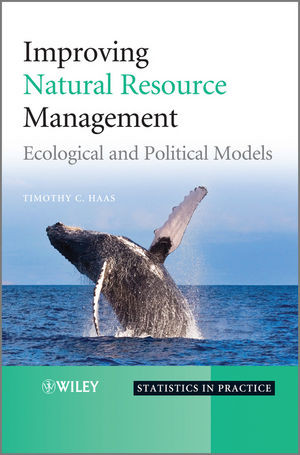

Most ebook files are in PDF format, so you can easily read them using various software such as Foxit Reader or directly on the Google Chrome browser.
Some ebook files are released by publishers in other formats such as .awz, .mobi, .epub, .fb2, etc. You may need to install specific software to read these formats on mobile/PC, such as Calibre.
Please read the tutorial at this link: https://ebookbell.com/faq
We offer FREE conversion to the popular formats you request; however, this may take some time. Therefore, right after payment, please email us, and we will try to provide the service as quickly as possible.
For some exceptional file formats or broken links (if any), please refrain from opening any disputes. Instead, email us first, and we will try to assist within a maximum of 6 hours.
EbookBell Team

4.3
48 reviewsKey features:
This book will be useful to managers and analysts working in organizations charged with finding practical ways to sustain biodiversity or the physical environment. Furthermore this book also provides a political roadmap to help lawmakers and administrators improve institutional environmental management decision making.Content:
Chapter 1 Introduction (pages 1–13):
Chapter 2 Simulator Architecture, Operation, and Example Output (pages 15–26):
Chapter 3 Blue Whale Population Management (pages 27–42):
Chapter 4 Finding the Most Practical Ecosystem Management Plan (pages 43–58):
Chapter 5 An Open, Web?Based Ecosystem Management Tool (pages 59–78):
Chapter 6 Influence Diagrams of Political Decision Making (pages 79–95):
Chapter 7 Group IDs for the East African Cheetah EMT (pages 97–108):
Chapter 8 Modeling Wildlife Population Dynamics with an Influence Diagram (pages 109–121):
Chapter 9 Political Action Taxonomies, Collection Protocols, and an Actions History Example (pages 123–142):
Chapter 10 Ecosystem Data (pages 143–160):
Chapter 11 Statistical Fitting of the Political–Ecological System Simulator (pages 161–177):
Chapter 12 Assessing the Simulator's Reliability and Improving its Construct Validity (pages 179–199):
Chapter 13 Current Capabilities and Limitations of the Politically Realistic EMT (pages 201–208):